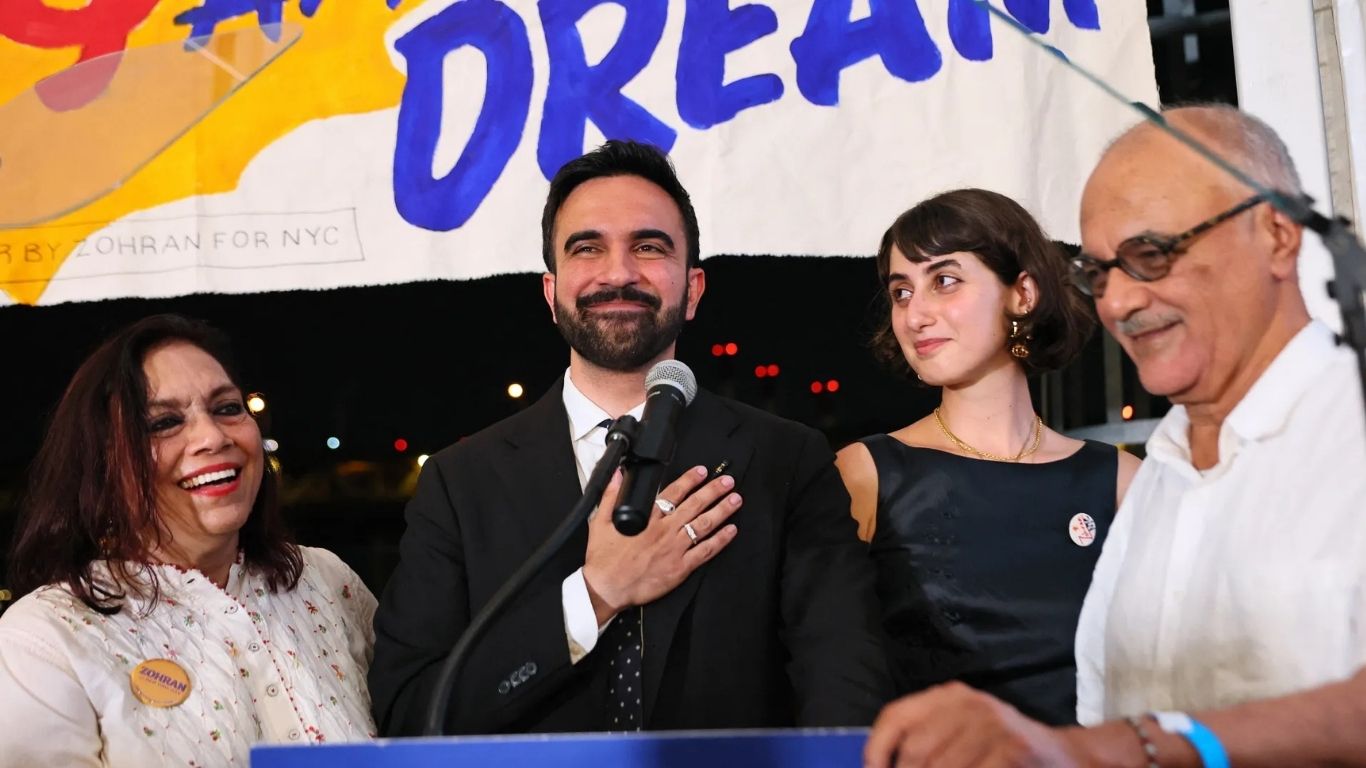Welcome to America’s Favorite Chemical Buffet
You know what’s in your food? Neither do most Americans. That’s not some fun trivia question it’s a reality Health Secretary Robert F. Kennedy Jr. wants to change. On Tuesday, with the usual fanfare of bureaucratic reform (read: a press conference and a promise), he announced a plan to kick eight artificial food dyes out of your snack drawer and school lunches.
These are the same dyes that give candy that glows-in-the-dark look, the same ones found in M&M’s, Gatorade, Skittles, and other items your kids beg for and your doctor sighs about. And yes many of them are made from petroleum. You read that right. The same stuff you pump into your car is playing dress-up in your breakfast cereal.
“Americans don’t know what they’re eating,” Kennedy bluntly stated.
He’s not wrong.
Petroleum for Breakfast?
Let’s start with the basics. The Food and Drug Administration (FDA) has decided it’s time to slowly rip the chemical bandaid off the American food industry. Over the next year or so, they’ll pull Red No. 2 and Orange B from shelves first, followed by six other synthetic dyes by the end of 2026.
These aren’t some fringe additives. They’re in dozens of your favorite products. We’re talking FD&C Yellow No. 5, FD&C Red No. 40, and a smattering of blues and greens that make your food “fun” but might be scrambling your kid’s brain chemistry in the process.
And the alternative? Nature. Carrot juice. Beet extract. Stuff that doesn’t come with a hazard sign in small print.
The Case Against These Dyes Is Loud and Old
Scientists and health advocates have been warning about these dyes for decades. That’s not hyperbol it’s historical fact. The Center for Science in the Public Interest (CSPI) has practically built an arm of its advocacy around it. And according to them, these dyes don’t just jazz up food packaging; they mess with our kids’ heads.
“For the last 50 years, American children have been increasingly living in a toxic soup of synthetic chemicals,” said FDA Commissioner Marty Makary.
If that line doesn’t punch you in the gut, check your pulse. This isn’t fringe theory stuff. These dyes have been linked to hyperactivity and behavioral issues in some children, not to mention cancer risks in lab animals. But here in the good ol’ U.S. of A., we’ve let them stay in our food supply because surprise removing them would slightly inconvenience corporations.
“But Think of the Children!” Except, You Know, Don’t
The U.S. isn’t blazing a trail here. Britain, the EU, Canada, and even New Zealand have already kicked these dyes out or slapped products with warnings. In Canada, Froot Loops get their color from carrot and watermelon juice. In the U.S.? You’re getting a chemistry set for breakfast.
“We don’t need synthetic dyes in the food supply, and no one will be harmed by their absence,” said Dr. Peter Lurie, former FDA official and now CSPI president.
Translation: there’s no good reason they’re still here. Well, except one money.
Big Food Is Mad Because Kids Love Bright Things
Let’s not kid ourselves. These dyes exist to make processed food more appealing, especially to children. They make the junk look fruity, even when it isn’t. That’s it. There’s no taste involved. Just color psychology. It’s the food industry version of dangling keys in front of a baby.
“Food dyes help make ultra-processed foods more attractive, often by masking the absence of a colorful ingredient, like fruit,” said Dr. Lurie.
Masking. That’s the keyword. What they’re doing is cosmetic deception, not nutrition.
“It’s Not a Magic Fix” But It’s a Start
Even the FDA admits this won’t solve every health issue overnight.
“This isn’t a silver bullet,” Makary said. “But it’s one important step.”
That’s fine. Rome wasn’t cleaned of carcinogens in a day. But it’s something, and in this country, something is often all you can hope for when taking on Big Food.
The Politics of Food Are Getting Real
What’s interesting (and let’s be honest, slightly amusing) is that Kennedy is making this move while on the campaign trail with Donald Trump. There’s a political angle here, and it’s rare to see public health used as a campaign promise. But it’s also a popular one nobody wants to argue in favor of cancer snacks.
Plus, states are getting in on the action. West Virginia (yes, that West Virginia) banned synthetic dyes and preservatives in food last month. Similar bills are showing up in state legislatures nationwide. If this keeps up, the map of dye-free states could start to look like a rainbow which would be ironic, given the topic.
Science vs. Industry (Again)
Marion Nestle, the longtime nutrition scholar, summed it up in the way only an exhausted expert can:
“They clearly cause behavioural problems for some but by no means all children, and are associated with cancer and other diseases in animal studies,” she said. “Enough questions have been raised about their safety to justify getting rid of them.”
Did you catch that? Even the experts are saying: “Come on, we’ve been over this.”
So Why Hasn’t This Happened Sooner?
Simple. Food companies like money. Artificial dyes are cheap. Natural ones cost a bit more. That’s it. That’s the whole moral arc of this story—just a few cents per box of cereal separating us from sanity.
And if you think companies can’t do it, just take a peek at what Kellogg’s does in other countries. In Canada, natural dyes. In the U.S., chemical clowns in every bowl. It’s the same company, folks. Same cereal. Different rules. And different levels of corporate accountability.
Final Thought: America, You Deserve Better
This isn’t about some fringe trend. This is about cutting down on synthetic trash in our food. We’ve got enough to worry about sky-high healthcare bills, contaminated water, and food deserts. We don’t need fluorescent dyes on top of it all.
Banning artificial food dyes won’t fix America. But it’s a slap in the face to the food lobby and sometimes, a good slap is exactly what’s needed.




